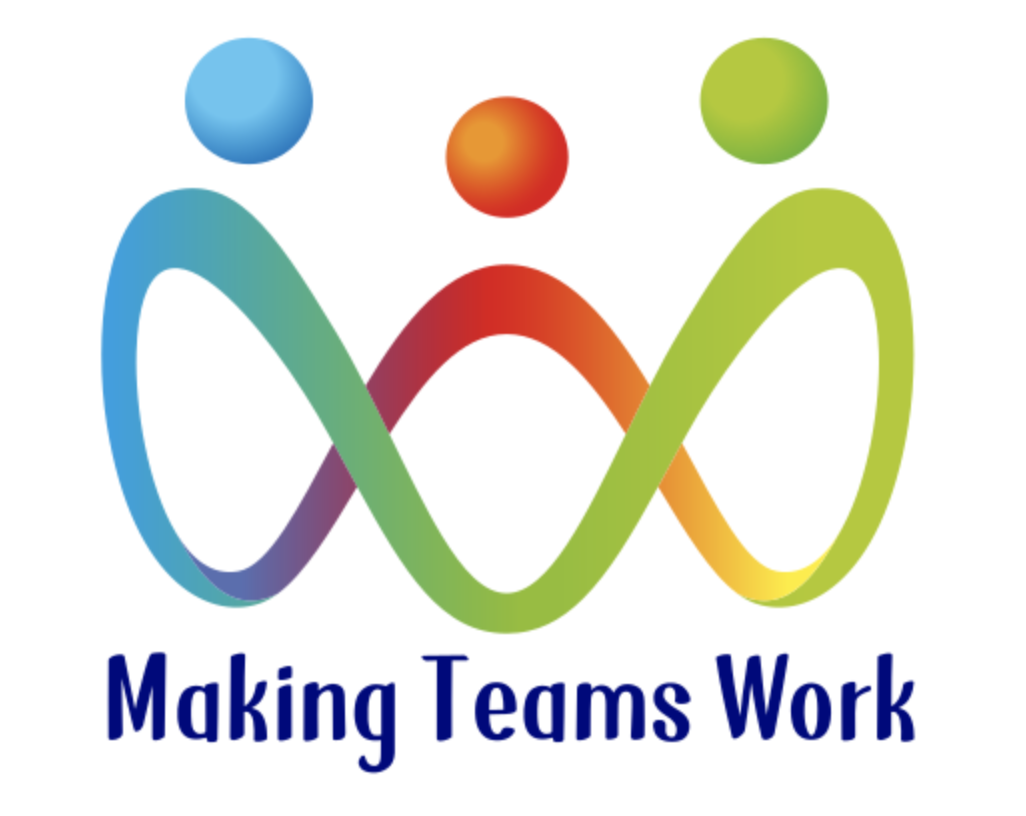“Change is about selling, not telling. It’s about teaching as well as preaching. Instead of complaining that people don’t follow your orders, you need to start training them in new skills.” (Alan Deutschman, Change or Die)
A better model
When we think about change at work, the models or principles that usually come to mind are from people such as Kotter, or Kubler-Ross. But while these models are the most popular, they’re not the most useful. Far from it. They’re not wrong, so much as either incomplete (Kotter’s so-called rules are actually 8 common causes of organisational failure), or been squeezed to fit into a business consultancy application (Kubler-Ross research was into handling a bereavement).
Better than both of these is Bridges Transitions model, with its phases of Ending, Neutral zone and new Beginnings. Each of these phases is always present to some extent, as we make the psychological journey of change; whether that’s to a new organisational structure or a new boss. And each of us find different phases easier or more difficult.
The 3 ‘F’s
But the problem with change is not that we don’t like it – we are biologically wired to be adaptable, to overcome challenging situations and improve. Think about a baby, learning every day, changing in response to situations. And change is a natural fact – even in winter, when a tree may appear dead, we know that deep down in it’s roots, cellular activity is occurring so that when spring comes, new buds – growth – appear, followed by leaves, flowers, seeds and so on.
What we actually don’t like about change is when it’s forced on us. Especially by ‘Management’! Deutschman adds “People don’t resist change, they resist being changed”. So how do we make change actually happen – and stick?
Commonly used techniques to achieve change are Fear, Facts and Force. I once heard something along these lines in a teleconference call between my team and senior management: “If we don’t get this right this time, there are going to be more complaints, our reputation will be damaged, and so I need everyone to put in 110% effort. So we’ll be working through the weekend. “ – needless to say, the team were very unhappy. In fact, when asked at the end of the call if anyone had any comments , a voice (we never found out who it was) was heard to say “Yes. F*** Off.”
So when does change actually happen?
The reason we fail to achieve our goals (personal or corporate) is not their desire or ability, it’s more as a result of not understanding what is needed to make change happen and the best tools for the job. So what are they? Deutschman has a 3-tier approach.
Change happens most easily when we are supported and encouraged by a person or community which gives us hope that we can achieve the new state. This hopefulness can help overcome the fear that often accompanies change. Notice that this is all about shifting to positive emotions – and Kotter agrees – he says change within organisations depends on changing the emotions of the members.
Change also requires that we learn. Whether it’s new systems, procedures, policies, or skills, when we see change as learning instead, we can become curious – which, as I learned through a recent counselling session, cannot co-exist with fear. A willingness to learn is, of course, essential. And that may mean putting in extra hours and repetitive practice to get the new skills on board. Even if that practice is dull.
Finally, change requires that we revise our conceptual models – our world view. This is often referred to as reframing - though that makes it sound slightly like psycho-babble. The principle is that by changing how we see something, we can find a new angle that is more motivating. Sometimes it can be as simple as looking for the logical opposite.
For example, like many people, I felt that I’d become unfit and unhealthy through lockdown. I started to believe that I was unfit because I couldn’t exercise for long enough without getting injured. Taking the reverse would be thinking: I can’t exercise for long enough because I’m unfit. A subtle shift, but a useful one, as it led me to consider different ways of getting fit than my default of getting out for a run.
Each of these 3 elements are interconnected. So it might be that a new community teaches us some new skill or shifts our thinking. Or that by taking a new viewpoint we find a new, more supportive community than our existing one. Or deciding to learn a new skill means we meet a new group of people who think differently and are more encouraging.
To pull this together, and realising that perhaps my lack of strength was the cause of my unfitness, I signed up for 1:1 PT sessions. This has given me a new community – well, a new supporter in the form of Sim the PT instructor, who has taught me to do things like deadlift, swing a kettlebell and so on; while also pushing me to work to my max with good physical form. After only 10 sessions, I feel stronger and fitter than I have for a decade. I’m sleeping better. I watch my diet more carefully – as I’ve learned it helps me recover – and I get more regular exercise. I’m learning about muscles I didn’t know were there. And techniques I didn’t know – look up minimum effective training dose, if you’re curious. And it won’t be long before I can return to my running.
What do you need to do to change? Who can be your champion? What do you need to learn? And perhaps most importantly of all, which of your mental models are no longer serving you?


